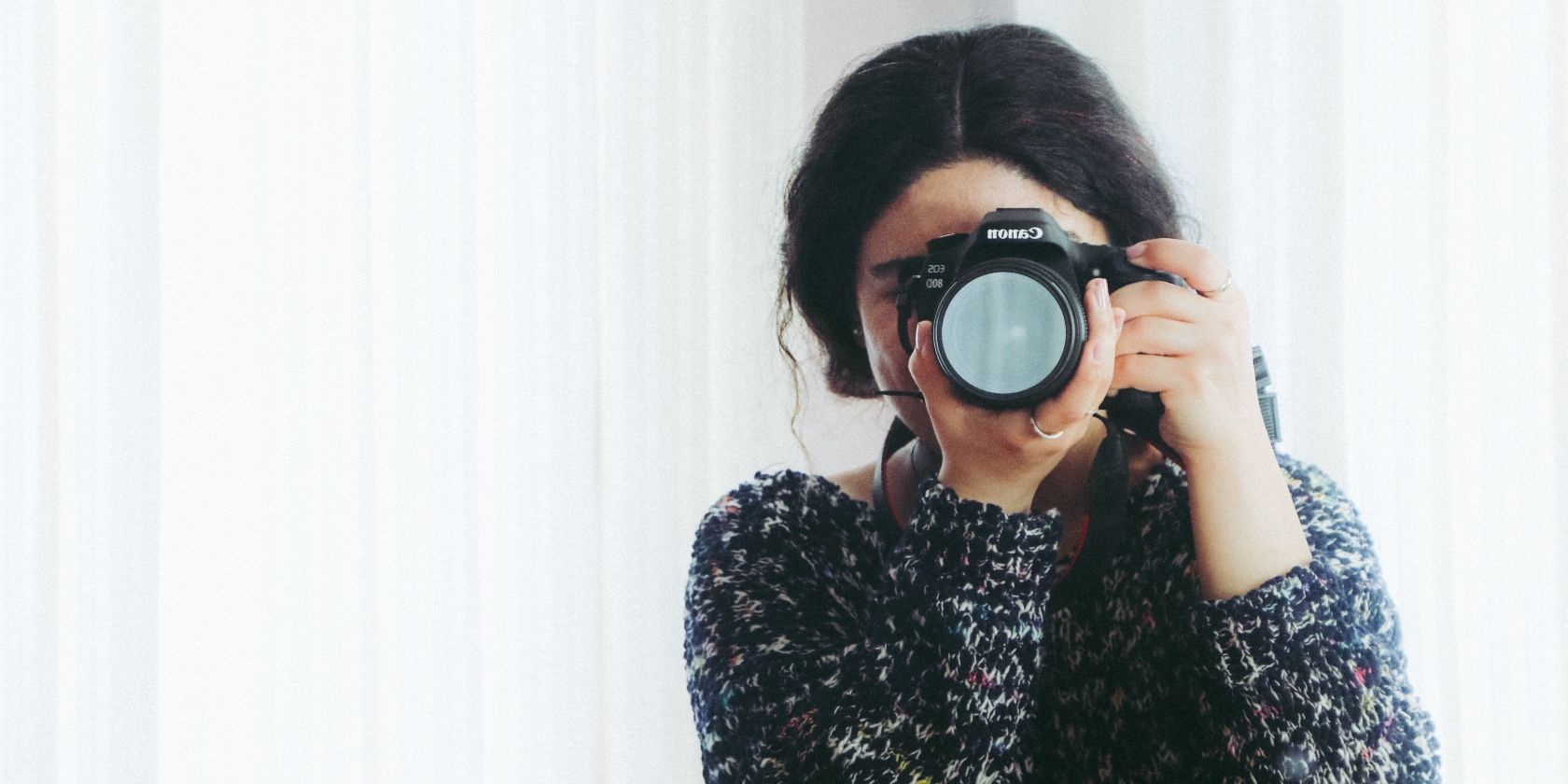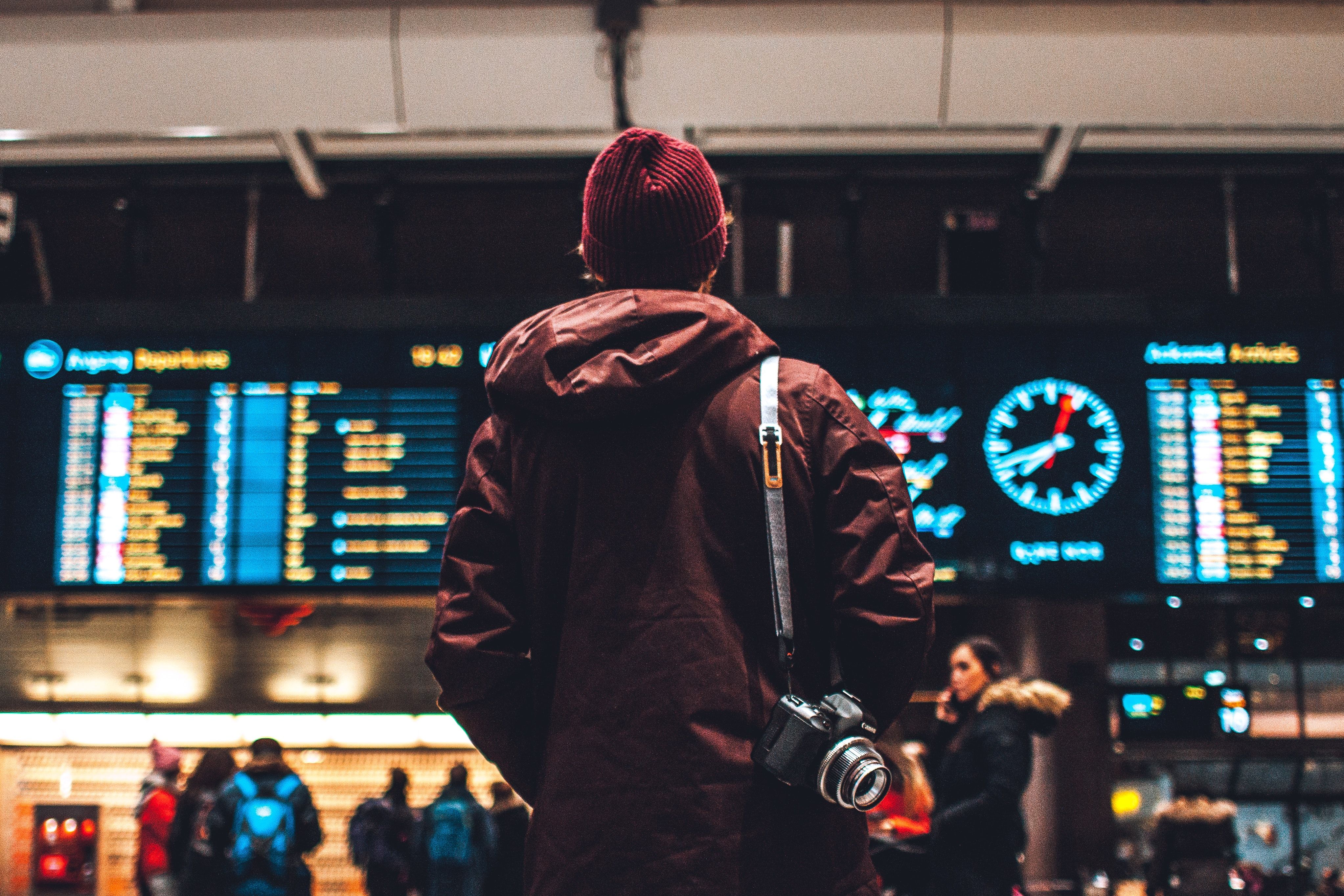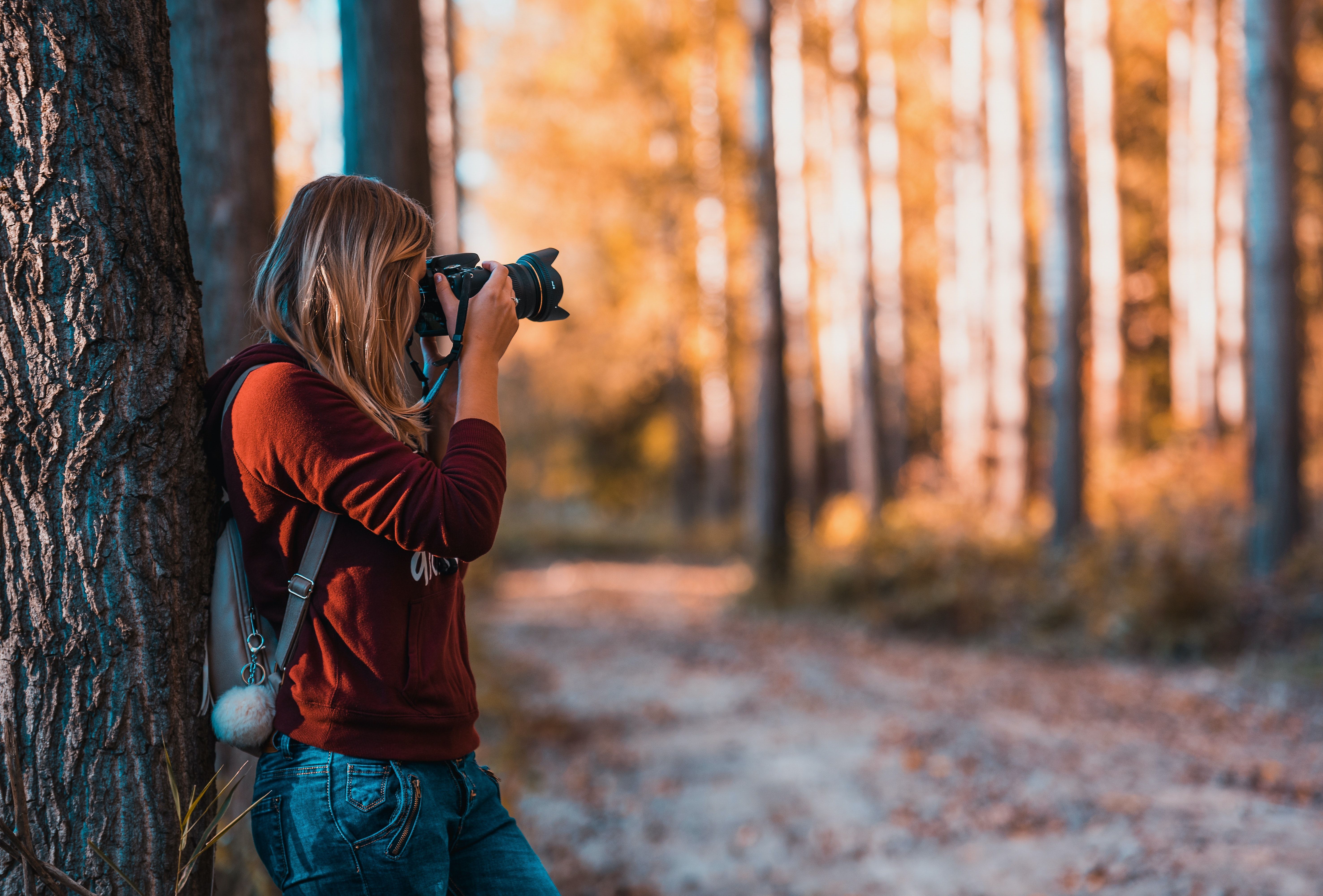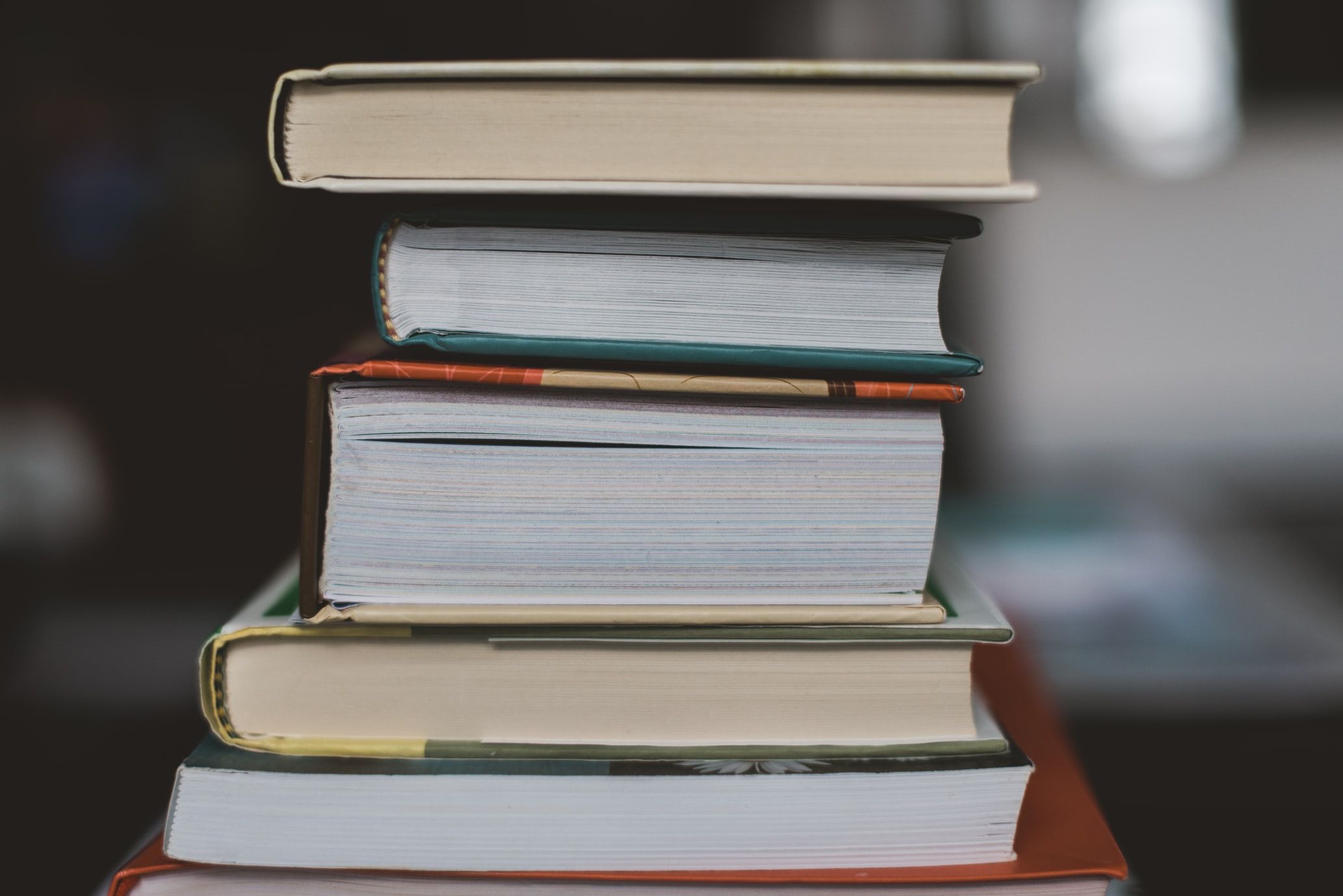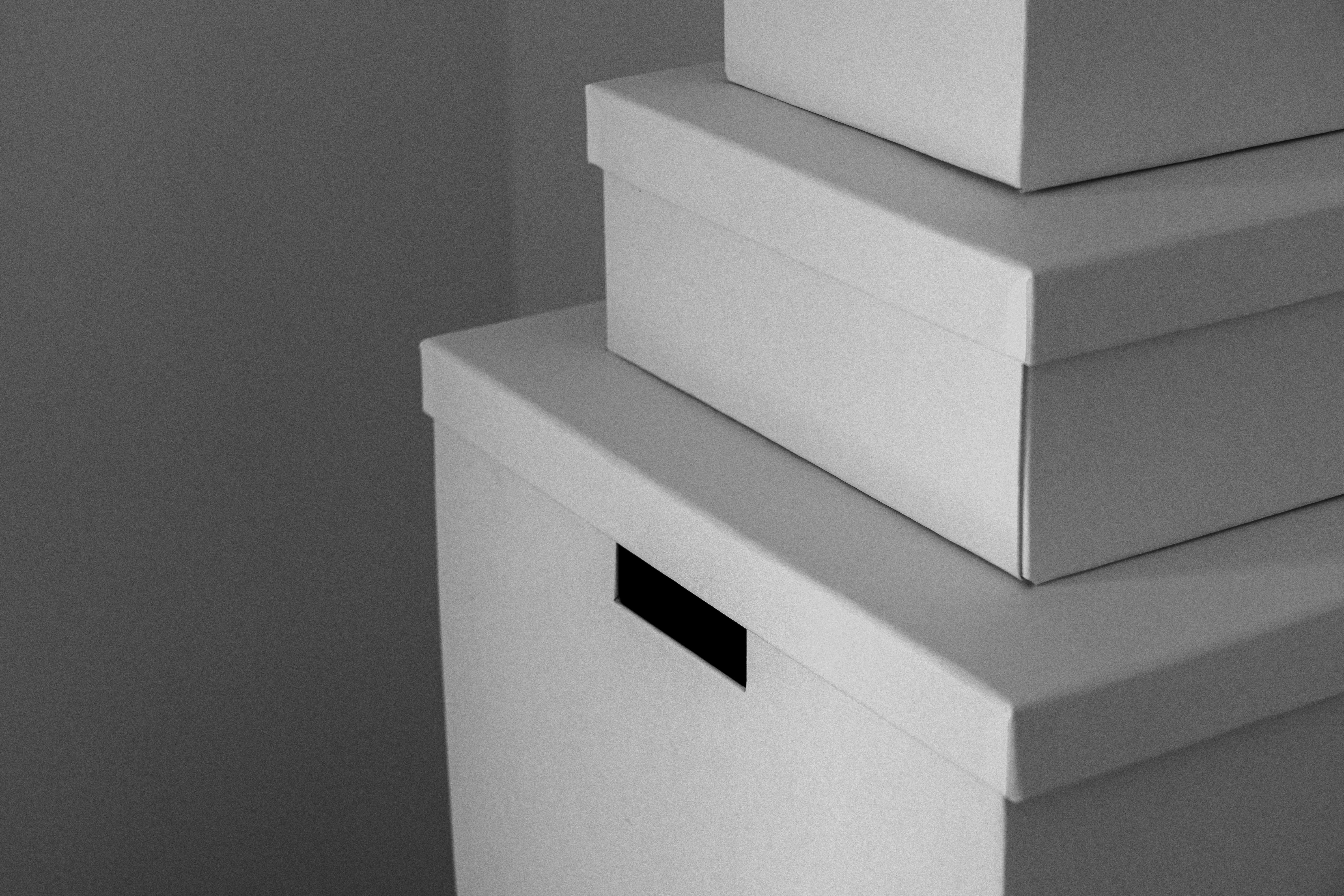Some photography situations require that you keep your camera very still. This is especially true if you shoot at night and need to drop your shutter speed to compensate for the lack of natural light, or if you’re shooting indoors.
In these instances, many photographers turn to a tripod. However, not everybody likes carrying them around—and buying one that will last a long time can cost a lot of money.
If you either don’t want to carry a tripod around or refuse to spend money on one, you’re in the right place. Keep reading to discover nine effective alternatives.
1. Your Camera’s Internal Stabilization
Most modern cameras have a wide range of features to assist you in taking better pictures, one of them being image stabilization. Not all cameras have it, but the high-end ones almost certainly will.
Camera stabilization compensates for shakiness, helping you capture sharper images. However, you need to do your part; if you shake your camera rapidly while taking a picture, you’ll still get a blurry shot.
In addition to cameras, some lenses will also offer stabilization features. Check out our in-depth guide on how image stabilization works to learn more.
2. Walls and Trees
If you shake a lot when you take photos, the best way to reduce this is by resting yourself against a surface. When you take pictures in urban settings, the wall of a building is your best choice. If you’re not in a city, try leaning against a tree instead.
All you need to do is lean against the surface and bring the camera as close as you can to your body. Then, shoot as you normally would. Depending on how high you hold your camera, switching the image preview to your viewfinder or main screen might be a good idea.
3. Benches
You can use almost every solid surface as a place to rest your camera, and park benches are one of the best. They're versatile and easily accessible. You can sit on them to stabilize yourself or rest your camera on them to avoid any unnecessary movement.
Our only word of advice for this is to make sure that you don’t step on anyone’s private property.
4. Bins
Yes, bins. Like benches, you’ll find bins scattered throughout almost every major city. To use one as a tripod alternative, all you need to do is place your camera on top of it.
Needless to say, this isn’t the most hygienic option on our list. Make sure you sanitize your hands before and after and clean your camera to avoid spreading any bacteria. Better yet, lay down a towel or cloth before setting down your camera.
5. The Ground
If you’re stuck for any other alternatives, you can always place your camera on the ground or floor. Doing this will have the added bonus of grabbing shots from a unique perspective. When you place your camera on the ground, just make sure you’re out of traffic.
It’s not a good idea to use this method if you’re photographing in a place where lots of people are walking. This is, however, the perfect solution for indoor shots where the floor will likely be cleaner and free from people walking all over.
6. A Stack of Books
Most of the solutions we’ve discussed so far have shown objects you can use outside. But what can you do if you’re indoors and want to take pictures from a tripod’s perspective?
The answer is simple, and it’s on your shelf. We’re talking about books.
If you need to take photos at a specific height and don’t have a tripod, consider stacking a pile of books on top of each other. If you have a table or counter, you won’t need as many.
7. Poles
To use this technique, you’ll need to have a strap attached to your camera. Have you noticed that it’s easier to take clearer pictures when you hang your camera around your neck? Well, the same applies if you put it around a pole.
There are different ways you can utilize a pole. If it's not too tall, you can balance the strap at the top end of the pole and let it hang down freely. Poles with hooks or anything that stick out of them are ideal to hang your camera strap from. And if you're a little more daring, you can always try to tie the strap tightly around the pole—but do this at your own risk!
8. Your Neck
It’s easy to think that having a strap is only for keeping your camera from slipping or adding security if someone tries to steal it. But if you don’t have access to a pole or don’t want to go through the effort of using one, you can always put your camera around your neck for extra stabilization.
Like with the pole, all you need to do after strapping it around is either hold it stably in your hands or just far enough that it feels a little tight. For this method, we recommend changing your viewfinder to the main screen.
9. Boxes and Wardrobes
If you’re taking photos at home and don’t have any books, consider using boxes or the top of your wardrobe. For boxes, it doesn’t matter if they’re cardboard or something more solid—as long as they’re stable.
You can also use boxes outside, but you’ll need to factor in the weather—cardboard is a no-go if it’s raining or windy. And if you use ones that aren’t heavy on their own, it’s worth weighing them down with heavier objects like ornaments.
You Don’t Need a Tripod to Take Great Photos
Some photographers refuse to use a tripod. This might be because they dislike carrying them around, or they might feel like they’re "cheating". But for some photos, using one is essential (or in this case, using an alternative to a tripod).
It’s a common misconception that being a great photographer means that you must have deep pockets. Often, you can take great pictures without needing to buy lots of extra equipment; all you need to do is think about your surroundings and make the most of them.
If you've made it to the end of this article, you should have a good idea of how to stabilize your camera and take clearer pictures without a tripod. At least one of these solutions will be available to you regardless of where you live.

